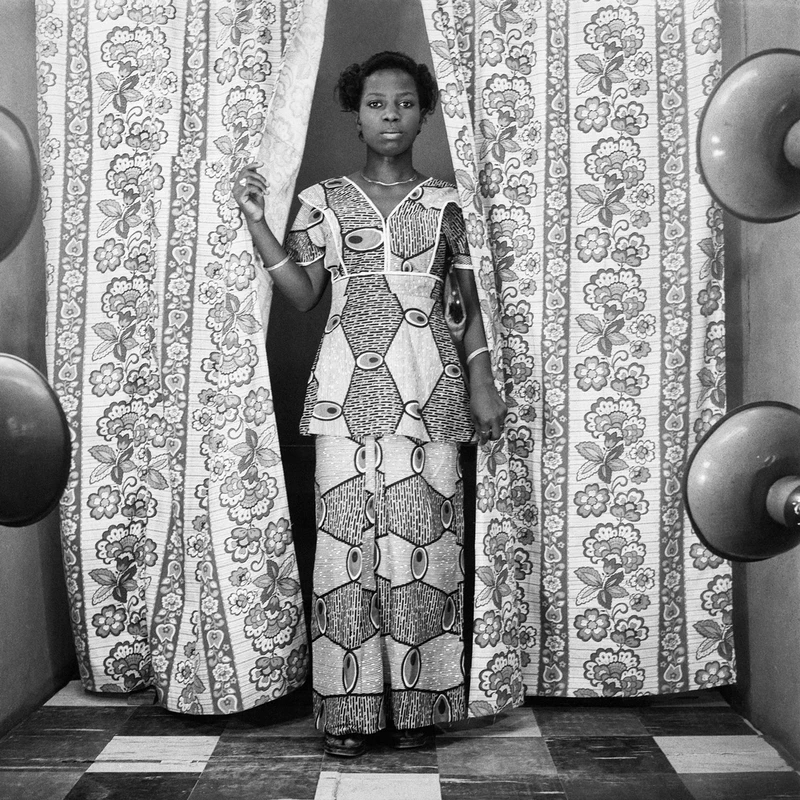Abi Morocco Photos: Spirit of Lagos
31 Oct 2024-22 Mar 2025
PV 30 Oct 2024, 6-8pm


Unearthing the story of one of the most vibrant photographic studios operating in Lagos, Abi Morocco Photos: Spirit of Lagos will be on view at Autograph’s gallery in East London from 31 October 2024 – 22 March 2025. The studio’s remarkable black-and-white portraits celebrate the rich style and joyous spirit of a generation of Lagosians during a transformative period in Nigeria’s history.
Operated by husband-and-wife duo John Abe and Funmilayo Abe the studio thrived from the 1970s to 2006. The exhibition Spirit of Lagos focuses on the studio’s formative decade — the 1970s. Unlike many African portrait studios of that era, the Abe’s carved out a unique photographic vocation: few female practitioners or collaborators in this context were named and worked so prolifically in a male-dominated field. Merging their professional and personal lives, the couple balanced raising a large family while running a successful commercial photographic studio.
Their oeuvre encompasses a variety of styles: from formal studio portraits to commissioned photos at home and moments of celebration. The studio was frequented by Lagosians of many walks of life including those who had attained economic prosperity during Nigeria's rapid transformation following the oil boom.
The Abe’s merged striking visual elements such as a chequerboard floor and hand-painted backdrops with the bustling Lagos metropolis. When viewed collectively these beguiling portraits brings the sitters and their world into a space of liberation and reimagination, vividly capturing the rhythm of everyday life.
In the 2000s many studios, including Abi Morocco Photos, transitioned towards digital photography. As a result, many negatives and physical records were at risk of being lost or destroyed in favour of new technologies. The works on display are the result of the ongoing efforts of the Lagos Studio Archives project, which aims to preserve and present the legacy of Nigerian studio photography. Through their research the contributions of studios like Abi Morocco Photos are now recognised in the cultural history and discourse of African studio portraiture.